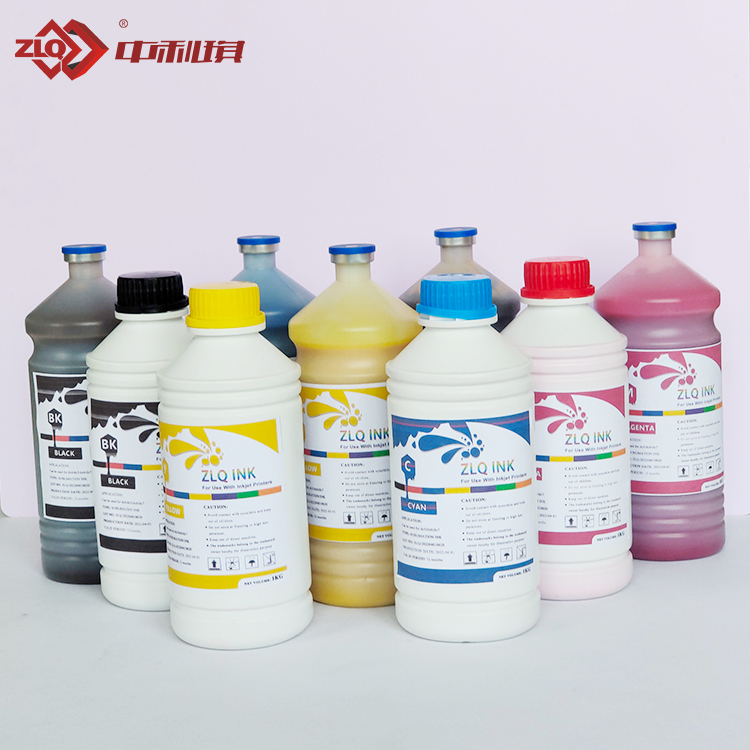Recent market studies have predicted an annual revenue of approximately $3.1 billion for digital textile printing in 2024, with a growth rate of 16%. This promising outlook is driven by several advantages that digital printing offers over traditional methods.
In today's fast-evolving market, the ability to print small batches has become increasingly vital. Traditional printing methods require large print runs to remain economical, often resulting in leftover inventories that are difficult to market. Moreover, shorter print jobs in traditional printing lead to higher wastewater pollution, increased energy consumption, and significant efficiency losses. Conversely, digital printing enables small batch sizes, offering unmatched turnaround times from design to finished printed textiles.
Digital printing also facilitates unique designs with large repeats, a feature unachievable with conventional techniques. As the industry shifts towards AI-assisted design creation, digital printing stands out as the only practical implementation method.
ZHONGLIQI factory specializes in sublimation ink, DTF ink, DTG ink, UV-DTF Ink, UV Ink, Digital printers, DTF printer, DTG printer, UV DTF Printers, UV printer , sublimation printer for 20 years. Our product is widely used in advertising printing, packaging printing, textile printing, and advertising spray painting. OEM customized service, Free samples available.

Consumer behavior post-Covid has had a profound impact on textile production, disrupting the traditional value chain. The reliance on lengthy supply chains has become a significant hurdle, prompting many providers to adopt online marketing strategies that revolutionize the market from a consumer perspective. As orders become more individualized, the importance of a swift response through an end-to-end digital production process increases. Historically seen primarily in the fast fashion industry, this production pressure is now affecting the traditional textile and carpet sectors as well.
Faster production cycles result in smaller inventories, significantly reducing tied-up capital. The convenience for consumers, combined with a more sustainable production process and capital efficiency, makes digital printing the most economical choice. As a result, the future of textile and carpet printing lies in digital production.

